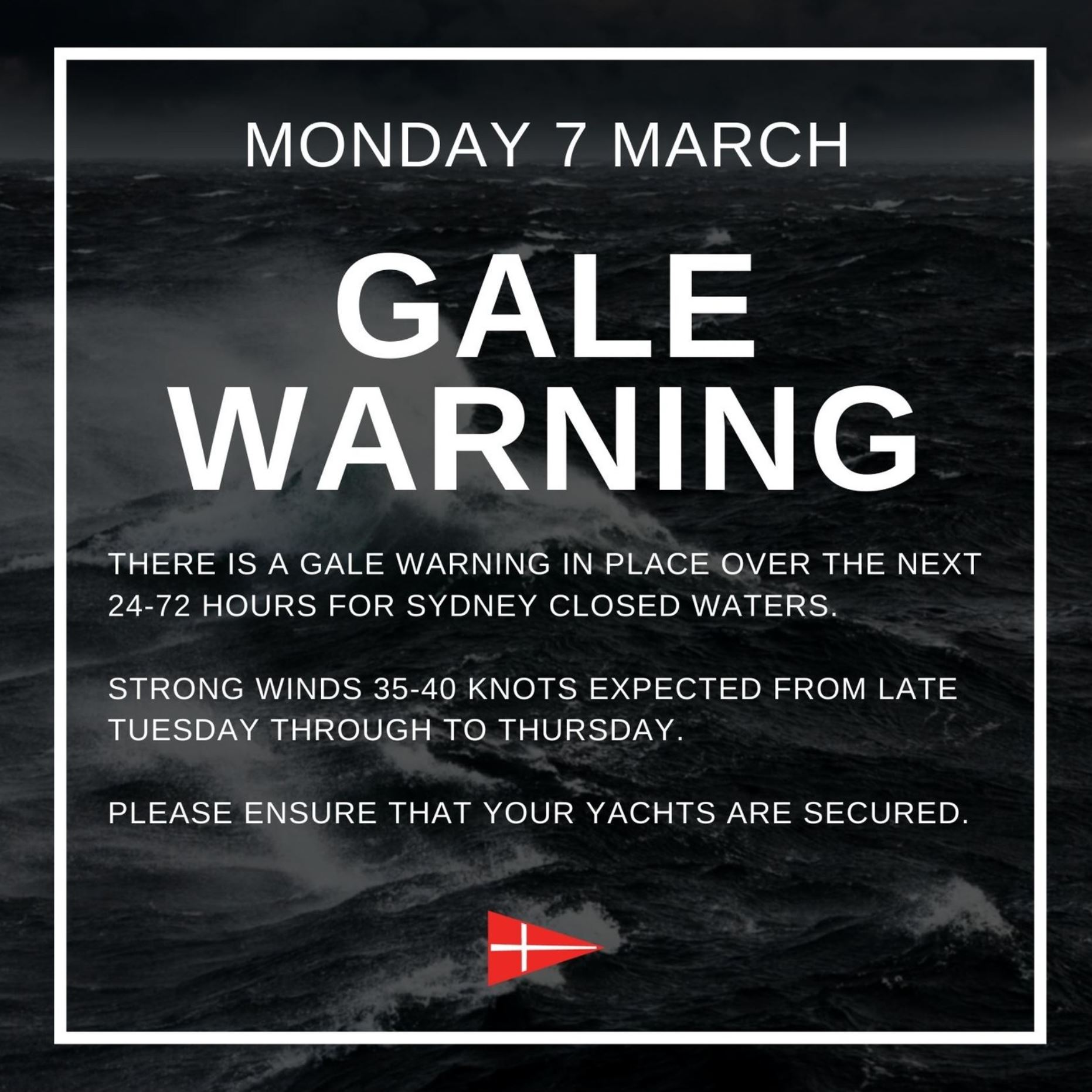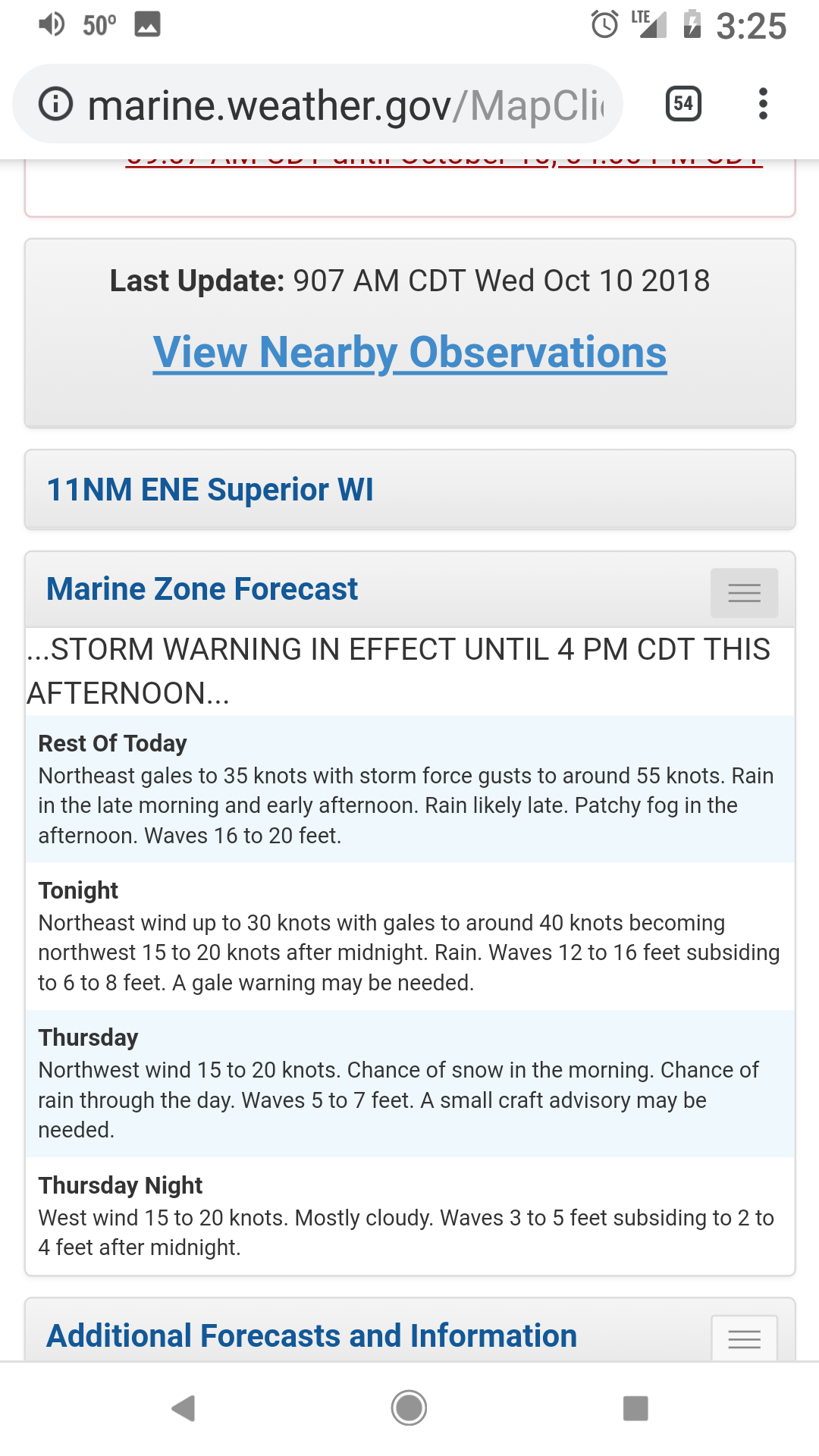Table of Contents
- Gale Warning Issued For First Coast Through Tuesday Afternoon | WJCT ...
- Gale Warning - General Discussion Forum - General Discussion Forum | In ...
- Gale Warning! | My Shetland
- Gale warning day
- Gale Warning - YouTube
- Akiwenzie's Fish & More...: "Gale Warning In Effect"
- GALE WARNING - MHYC | Middle Harbour Yacht Club | Sydney Australia
- Gale Warning!!!!!! : r/BaldursGate3
- Gale Warning - YouTube
- Gale Warning In Effect For Mariners Across Long Island Thursday: NWS ...

Gale, a term commonly used in meteorology, refers to a type of strong wind that can have significant impacts on the environment and human activities. According to Gale - Wikipedia, a gale is a scale of wind speed, typically between 34 and 47 knots (39-54 mph), that is used to classify the severity of weather conditions. In this article, we will delve into the world of gales, exploring their causes, effects, and importance in understanding severe weather phenomena.


Causes of Gales
Gales are often the result of a combination of atmospheric and geographical factors. Gale - Wikipedia explains that gales can be caused by the movement of high and low-pressure systems, which create pressure gradients that drive wind flows. Additionally, the Coriolis force, which is the apparent deflection of moving objects on Earth due to the planet's rotation, also plays a significant role in shaping the trajectory of gales. Mountainous terrain and coastal areas can also contribute to the formation of gales by funneling and accelerating wind flows.


Effects of Gales

The effects of gales can be far-reaching and devastating. Strong winds can cause significant damage to infrastructure, including power lines, buildings, and bridges. Gale - Wikipedia notes that gales can also lead to coastal erosion, flooding, and landslides, particularly in areas with sensitive ecosystems. Furthermore, gales can disrupt transportation systems, including air and sea travel, and can have a significant impact on agriculture, forestry, and other outdoor activities.


Classification of Gales

The Gale - Wikipedia article highlights the Beaufort scale, which is a widely used system for classifying wind speeds. The scale ranges from 0 (calm) to 12 (hurricane), with gales falling into the 8-9 range. The classification of gales is crucial for predicting and preparing for severe weather events, as it provides a standardized way of communicating the severity of wind conditions.
In conclusion, gales are a significant weather phenomenon that can have far-reaching impacts on the environment and human activities. By understanding the causes, effects, and classification of gales, we can better prepare for and respond to severe weather events. The Gale - Wikipedia article provides a comprehensive overview of this complex topic, highlighting the importance of continued research and education in the field of meteorology. As we continue to navigate the complexities of our ever-changing climate, it is essential that we stay informed about the power and potential of gales, and take steps to mitigate their impacts on our communities and ecosystems.
By staying informed and up-to-date on the latest developments in meteorology, we can work towards creating a safer and more resilient world for all. Whether you are a meteorologist, a researcher, or simply someone interested in learning more about the weather, the Gale - Wikipedia article is an excellent resource for exploring the fascinating world of gales and severe weather phenomena.
So next time you hear a weather forecast warning of an impending gale, remember the power and potential of this severe weather phenomenon. Stay safe, stay informed, and stay tuned for more updates on the world of meteorology and the fascinating topic of gales.